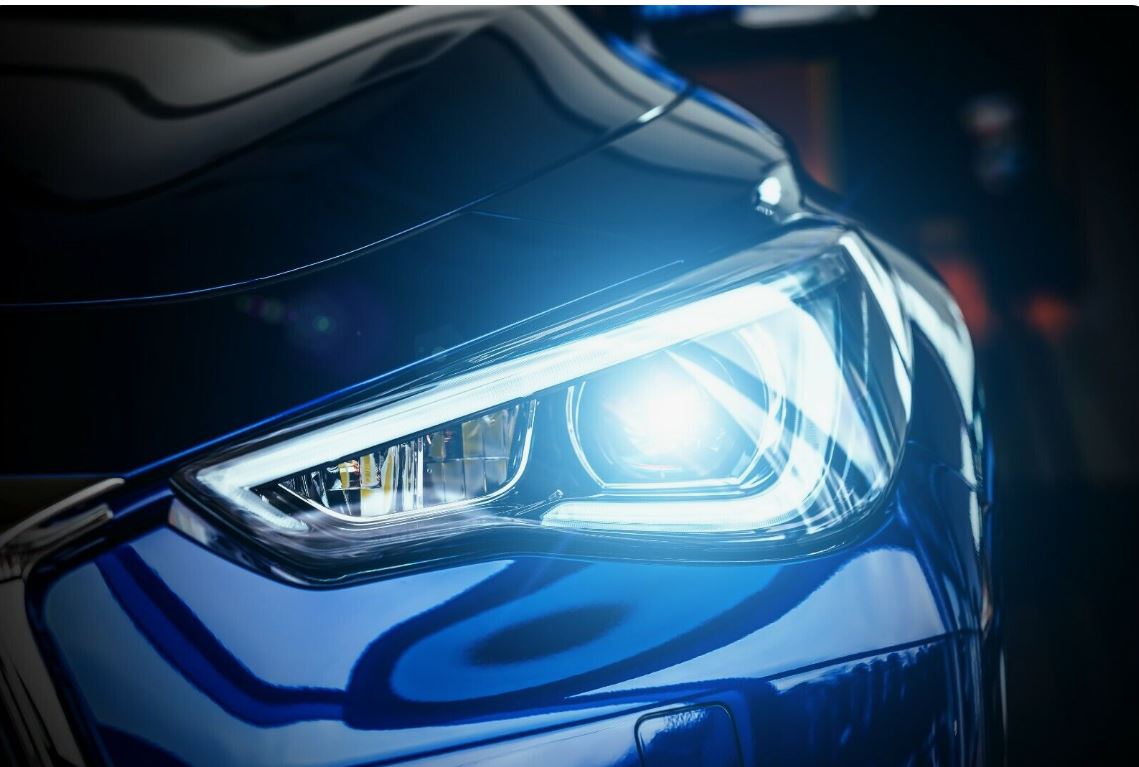Automotive lighting has come a long way from simple oil lamps to advanced LED and laser headlights. This evolution has improved visibility, safety, and vehicle aesthetics. As technology advances, lighting systems continue to enhance the driving experience.
In this article, we explore the transformation of automotive lighting and its impact on modern vehicles.
Early Automotive Lighting: The Beginning
Before the invention of electric headlights, early cars used oil or acetylene lamps. These lamps provided minimal illumination and were difficult to maintain. By the early 1900s, electric headlights started replacing gas lamps, improving visibility at night.
The transition to electric lighting marked a major shift in automotive history. It laid the foundation for further innovations in vehicle lighting. Today, even car buyers consider lighting when choosing a vehicle. Companies offering cash 4 old cars Townsville often highlight advanced lighting as a selling point.
Halogen Headlights: A Major Advancement
Halogen bulbs became popular in the 1960s and 1970s. They offered brighter and more efficient lighting compared to traditional incandescent bulbs. Halogen headlights remained the standard for many decades due to their affordability and reliability.
These lights worked by heating a tungsten filament within a gas-filled bulb. This produced a stronger and longer-lasting beam. Many vehicles equipped with halogen headlights still exist today, making them a common feature in the used car market. Services like cash 4 cars Townsville often deal with older models featuring halogen lights.
The Rise of High-Intensity Discharge (HID) Lights
HID lights, also known as xenon headlights, emerged in the 1990s. They used a different mechanism, producing light by passing an electric current through xenon gas. This resulted in a brighter and whiter light compared to halogen bulbs.
HID headlights improved night-time visibility significantly. However, they were expensive to manufacture and required special ballasts for operation. Despite their cost, many luxury and high-performance cars adopted HID technology. The transition from halogen to HID was a key milestone in automotive lighting evolution.
LED Technology: Efficiency and Style
LED (Light Emitting Diode) headlights revolutionized vehicle lighting. First introduced in high-end models, LED lights quickly gained popularity across all vehicle segments. They are more energy-efficient, last longer, and provide better illumination than halogen and HID lights.
LEDs also allow for unique and stylish headlight designs. Automakers use LED strips for daytime running lights (DRLs), enhancing vehicle aesthetics. Many buyers look for LED lighting when purchasing a car. This has also influenced the used car market, with businesses like scrap car body removal Townsville valuing vehicles with modern LED systems.
Laser Headlights: The Future of Automotive Lighting
Laser headlights represent the latest advancement in vehicle lighting. They offer even greater brightness, efficiency, and range compared to LEDs. First introduced by BMW and Audi, laser headlights can illuminate roads up to 600 meters ahead.
Despite their advantages, laser headlights are still costly and mostly available in luxury vehicles. However, as technology advances, they may become more common in affordable models.
Adaptive and Smart Lighting Systems
Modern cars now feature adaptive and smart lighting systems. These systems adjust headlight intensity and direction based on driving conditions. Adaptive headlights can swivel in response to steering inputs, improving visibility on curves.
Smart lighting systems also include automatic high-beam control, which switches between high and low beams based on surrounding traffic. These innovations enhance safety and convenience for drivers. Vehicles equipped with smart lighting systems often have higher resale value, making them attractive to buyers and sellers in markets like cash 4 cars Townsville.
The Role of Lighting in Vehicle Safety
Automotive lighting is not just about aesthetics. It plays a crucial role in road safety. Improved headlights help drivers see obstacles, pedestrians, and other vehicles more clearly. Advanced lighting also reduces glare, preventing accidents caused by poor visibility.
Tail lights, brake lights, and turn signals have also evolved to improve communication between drivers. LED brake lights, for example, illuminate faster than traditional bulbs, giving other drivers more time to react.
The Impact of Regulations on Lighting Technology
Governments worldwide regulate automotive lighting to ensure safety and standardization. Regulations dictate brightness levels, color temperature, and beam patterns. These rules ensure that lighting systems do not blind oncoming traffic while providing adequate illumination.
Different regions have varying regulations. In some areas, certain headlight technologies may be restricted. Automakers must comply with these regulations while innovating new lighting solutions.
The Future of Automotive Lighting
The future of automotive lighting looks promising. With the rise of electric and autonomous vehicles, lighting will play an even bigger role in vehicle communication. Concepts like digital headlights and projection lighting are already being tested.
Digital headlights can project information onto the road, such as navigation instructions or warnings. This will improve driver awareness and road safety. As cars become more autonomous, lighting will be essential for vehicle-to-vehicle (V2V) and vehicle-to-pedestrian (V2P) communication.
How Lighting Technology Enhances Driver Experience
Beyond safety and design, lighting technology also enhances the overall driving experience. Interior lighting has transformed from simple overhead lamps to customizable ambient lighting systems. Many high-end vehicles allow drivers to adjust colors, brightness, and even lighting effects to suit their mood.
Additionally, intelligent headlight systems improve visibility without causing glare to other drivers. Matrix LED headlights, for instance, can dim certain sections of the light beam to avoid blinding oncoming traffic. These innovations make night driving safer and more comfortable.
Environmental Impact of Modern Lighting Systems
Older lighting technologies, such as halogen and HID bulbs, consumed more power and had shorter lifespans. LED and laser lights, on the other hand, are energy-efficient and last significantly longer. This reduces waste and minimizes the environmental impact of discarded bulbs.
As automakers shift toward sustainability, LED and laser lighting have become the standard in modern vehicles. These technologies align with the push for greener automotive solutions. Companies in the used car industry, such as cash 4 cars Townsville, are also considering eco-friendly vehicle features when evaluating cars.
Conclusion
Automotive lighting has evolved from simple oil lamps to advanced laser headlights. Each technological advancement has improved visibility, efficiency, and safety. With the continued development of smart lighting systems and digital headlights, the future of automotive lighting looks brighter than ever.
As buyers become more conscious of lighting technology, vehicles with advanced lighting features hold greater resale value. Companies like cash 4 cars Townsville recognize this, making lighting an important factor in vehicle appraisals.








